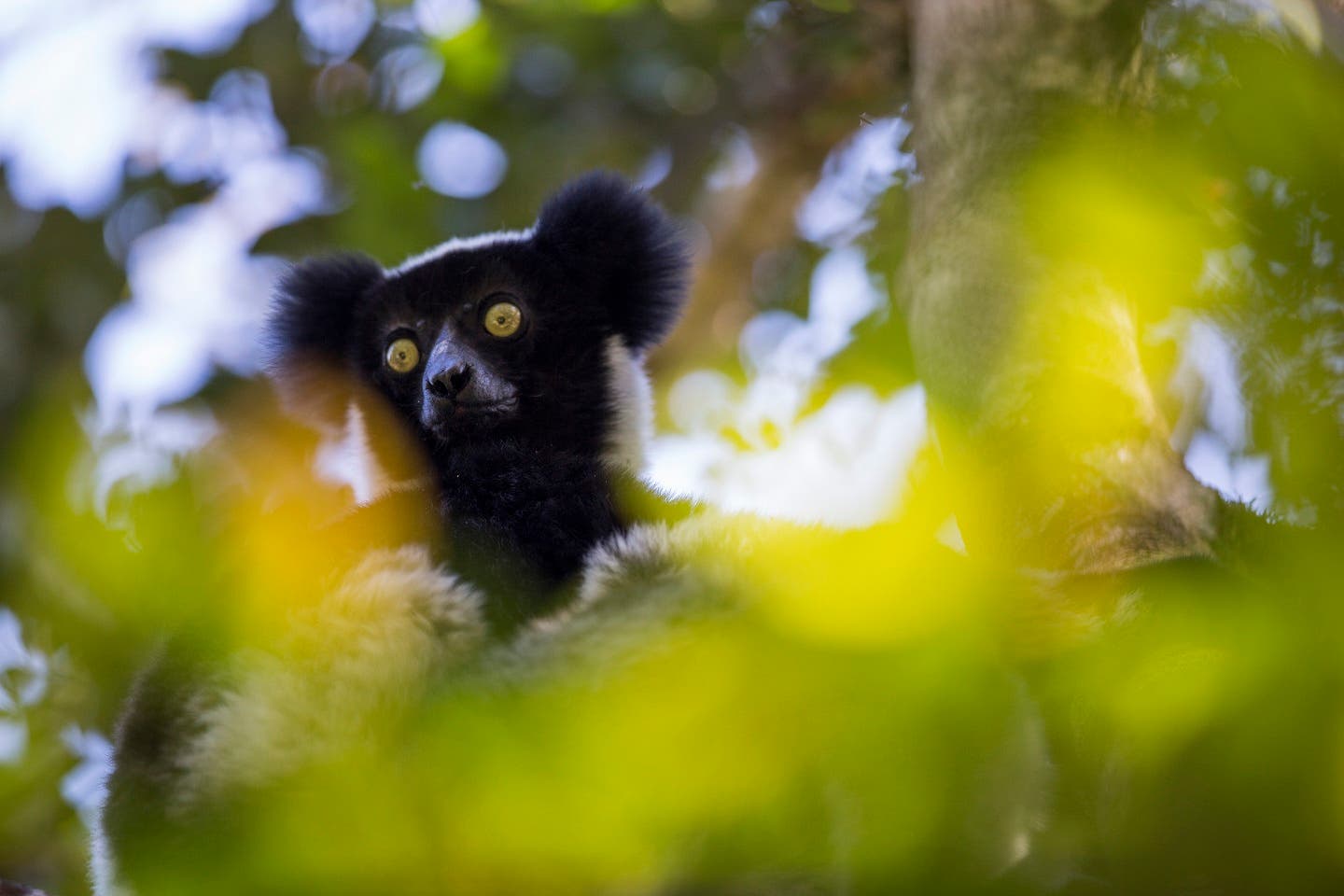Madagascan lemur ‘honks’ are music to our ears
The primates have a natural ability to sing on beat.

Your support helps us to tell the story
From reproductive rights to climate change to Big Tech, The Independent is on the ground when the story is developing. Whether it's investigating the financials of Elon Musk's pro-Trump PAC or producing our latest documentary, 'The A Word', which shines a light on the American women fighting for reproductive rights, we know how important it is to parse out the facts from the messaging.
At such a critical moment in US history, we need reporters on the ground. Your donation allows us to keep sending journalists to speak to both sides of the story.
The Independent is trusted by Americans across the entire political spectrum. And unlike many other quality news outlets, we choose not to lock Americans out of our reporting and analysis with paywalls. We believe quality journalism should be available to everyone, paid for by those who can afford it.
Your support makes all the difference.Madagascan lemurs produce rhythmic “honks” that sound like a car horn to warn their friends and family of danger, scientists have found.
The unique alarm calls, which have a distinct sense of rhythm, are helping shed light on how human music evolved, researchers from the University of Warwick said.
The indris, also known as “singing lemurs”, have a natural ability to sing on beat – a rare trait only otherwise seen in songbirds, gibbons and humans.
Researchers have found that lemurs’ sense of rhythm can be found not just in their songs but also in their alarm calls – a more primitive type of communication.
The findings, published in the journal Annals of the New York Academy of Sciences, suggest the ability to produce and perceive rhythm is more ancient than previously thought.
Dr Chiara De Gregorio, from Warwick’s Department of Psychology, said: “It (the sense of rhythm) is deeply rooted in our evolutionary journey and may have evolved for other reasons than just music.”
The team speculates musical rhythm could have played a role in how human ancestors communicated with each other, long before speech and music evolved.
Dr Daria Valente, of the University of Turin’s Department of Life Sciences and Systems Biology, said the findings demonstrate that “the foundational elements of human music can be traced back to early primate communication systems”.
For the study, the researchers recorded songs and calls produced by 51 lemurs living in five different rainforest patches in Madagascar.
They found lemurs sang when they wanted to communicate or locate other family groups and sent out alarm calls when they spotted predators.
Dr De Gregorio said singing has an important function that creates “strong bonds” between lemurs.
This discovery positions indris as animals with the highest number of vocal rhythms shared with the human musical repertoire – surpassing songbirds and other mammals
The team found lemurs sounded different alarms depending on the type of predator, using honks for land animals such as an exotic cat and “roars” for predatory birds like an eagle.
Dr De Gregorio said most lemur songs featured three distinct types of rhythm: 1:1 – where the notes are evenly spaced; 1:2 – where the gap between one note is twice as long as the previous one; and 2:1 – where the second note is twice as long as the first.
These rhythm categories are universal in human music, the researchers said.
Dr De Gregorio said: “This discovery positions indris as animals with the highest number of vocal rhythms shared with the human musical repertoire – surpassing songbirds and other mammals.”
Singing lemurs are critically endangered and do not survive in captivity.
Dr De Gregorio said: “We are very worried. If people want to see (this species), they should go to Madagascar now, because we cannot assure that in 50 years’ time, they will still be there.”